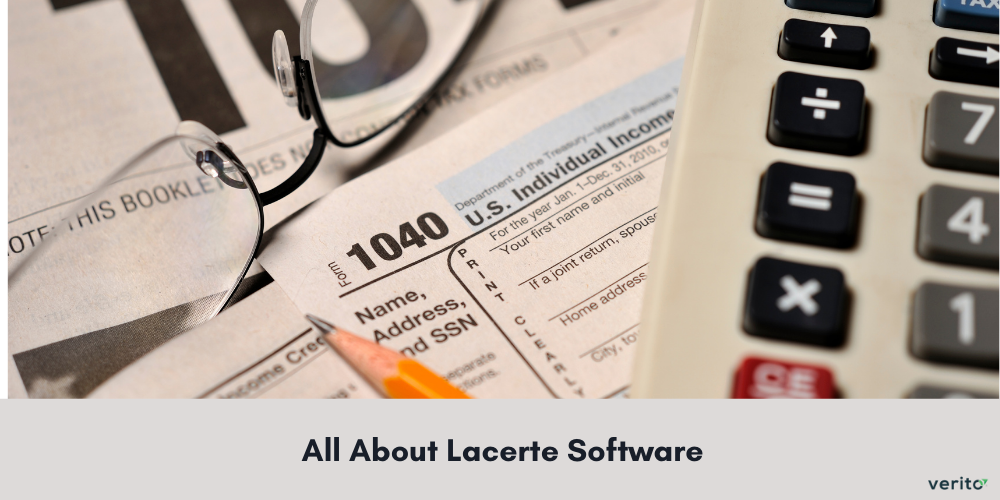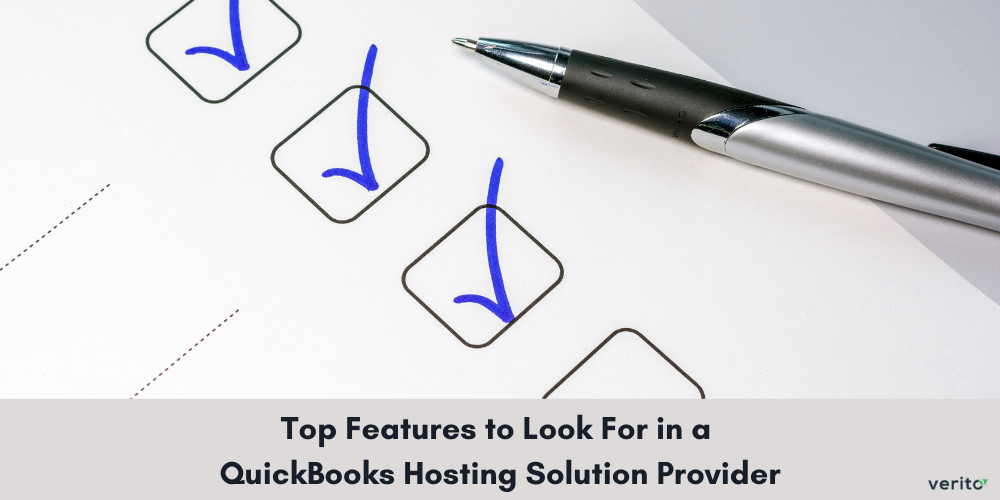In 2024, the demand for efficient, flexible, and secure software for tax preparation is more pressing than ever. You can only imagine the need to go up over time. As tax firms strive to keep up with growing client expectations and regulatory changes, the need for remote access solutions has become a significant factor in maintaining operational efficiency.
According to a survey by PwC, more than one-fourth of financial services firms reported that they have a minimum of 60% of their workforce working from home once a week. This underscores the growing reliance on technology to facilitate operations, especially during peak tax seasons.
Lacerte tax software, a prominent player in the tax software industry can transform how tax professionals manage their workloads. The best part is that the software can be accessed remotely in multiple ways. With Lacerte remote access, tax firms can enhance their operational flexibility and efficiency.
Before we discuss the Lacerte remote access benefits, let us help you understand ways in which you can access the software remotely.
Two Ways to Access Lacerte Tax Software Remotely
1. Remote Desktop Software
Windows Remote Desktop (RDP) allows you to access your local system from afar. You can operate any computer running Lacerte as if sitting right in front of it. This method can be beneficial to maintain continuity with your usual setup.
However, RDP has its limitations. Both the local and remote devices need to be connected to the Internet, and the host computer must remain powered on. Additionally, while RDP provides a simple solution for remote access, it may become cumbersome if you face multiple issues. Security concerns and potential data loss can arise if the system isn’t configured properly.
2. Lacerte Hosting
Lacerte tax software hosting involves hosting the tax software and data on a cloud-based server managed by a third-party hosting provider. For specifics on editions, isolation, and access methods, see Lacerte software hosting. This setup allows you to access Lacerte via a cloud portal provided by the hosting service.
The primary benefits of Lacerate Cloud Hosting is the flexibility it offers. With your software and data stored securely in the cloud, you’re not tied to a particular location. Whether you’re in the office, at home, or on the go, you can access Lacerte from any device. This can ensure your data is managed with high-level security protocols, which in turn reduces concerns about data loss.
Now, let’s explore the multifaceted benefits of Lacerte remote access for tax firms and how it can improve workflow management. Discover more about Lacerate on Cloud.
Advantages of Lacerte Remote Access Backed By Cloud Hosting
Lacerte cloud hosting offers several compelling benefits that can enhance the efficiency of tax professionals. Lacerate Software on Cloud offers various benefits such as secure, remote access to your tax software, enhancing flexibility, collaboration, and efficiency for tax professionals. Some of the important advantages include:
Enhanced Flexibility
With cloud hosting, Lacerte software is no longer confined to a single work location. You can opt for Lacerte remote access from anywhere. This flexibility can help you work more efficiently and adapt quickly to changing schedules and demands.
Improved Collaboration
Cloud hosting facilitates collaboration among team members. Multiple users can access the same system concurrently, making it easier to share files, update records, and work on projects together in real time. This collaborative environment helps ensure that every tax professional in your team stays on the same page and can contribute to tasks as needed.
Enhanced Data Security
Security is a top priority in the tax industry, and renowned cloud hosting providers typically offer robust security measures to protect your data. This includes encryption, regular backups, and secure access controls. To prove recoverability, use managed backup and instant recovery and perform quarterly test restores. You reduce the risk of data breaches and loss associated with local storage by hosting Lacerte software on a cloud server.
Scalability and Cost Efficiency
Cloud hosting solutions are scalable, meaning you can easily adjust your resources based on your firm’s business needs. Whether you handle a surge in clients or scale back during quieter periods, cloud hosting allows you to manage resources efficiently. Additionally, cloud hosting can reduce the costs associated with maintaining and upgrading physical infrastructure, as these responsibilities fall to the hosting provider.
Reduced IT Overhead
You can also reduce the burden on your internal IT team by outsourcing the management of your IT infrastructure to a cloud hosting provider. The provider will handle server maintenance, upgrades, and troubleshooting, allowing your team to focus more on strategic tasks and client service. Such factors raise the important question, Why Tax Professionals Choose Dedicated Private Servers for Lacerte Hosting?
How to Switch to Cloud Hosting for Lacerte Remote Access?
Here’s a step-by-step guide to help you make the switch smoothly:
Assess Your Needs
Before making this move, evaluate your tax firm’s specific needs and requirements. Consider the number of users, data storage needs, security requirements, and any particular features or integrations you may require. This assessment will help you choose the right cloud hosting provider.
Choose a Reputable Cloud Hosting Provider
Select a cloud hosting provider that specializes in tax software hosting and has a proven track record of reliability and security. Look for providers with experience in hosting Lacerte, as they will be familiar with the software’s specific requirements and can offer tailored support. Review their security protocols, customer support options, and scalability features to ensure they meet your firm’s needs.
There are such varied doubts and queries when migrating towards Cloud Hosting. Here is a comprehensive guide Cloud Hosting Questions You Should Ask that may give you a broader perspective to help you make calculated decisions for your business.
Plan the Migration Process
You then need to work with the chosen cloud hosting provider to develop a migration plan outlining the steps for transferring your Lacerte software and data to the cloud, including timelines and potential downtime. Ensure you understand how data will be transferred, and address any concerns about data integrity and security during the migration.
Prepare Your Data
Before migrating, organize and back up all your Lacerte data. Review your current data for accuracy and completeness, and ensure you have a secure backup in place. Discover more about Backup-As-A-Service This preparation will help prevent data loss and ensure a smooth transition to the cloud. You can know more by reading about Backup And Disaster Recovery (BCDR).
Migrate Lacerte Software and Data
Once you’ve prepared and planned, initiate the migration process. Your cloud hosting provider will typically handle the technical aspects of moving your Lacerte software and data to their servers. During this phase, work closely with the provider to monitor progress and address any issues that may arise.
Test the Cloud Setup
After the migration is complete, thoroughly test your Lacerte software in the new cloud environment. Verify that all data has been transferred accurately and that the software functions correctly. Check for any compatibility or performance issues and work with your cloud hosting provider to resolve them.
Monitor and Optimize
After switching to cloud hosting, monitor the performance and security of your cloud-hosted Lacerte software. Regularly review usage metrics, address any emerging issues, and optimize the setup as needed to ensure it meets your firm’s evolving needs.
Contact Us For Cloud Hosting Solutions











![UltraTax CS Hosting Pricing [FULL GUIDE]_ Cost Breakdown, Ranges & Compliance](https://verito.com/blog/wp-content/uploads/2025/10/UltraTax-CS-Hosting-Pricing-FULL-GUIDE_-Cost-Breakdown-Ranges-Compliance-380x220.jpg)


